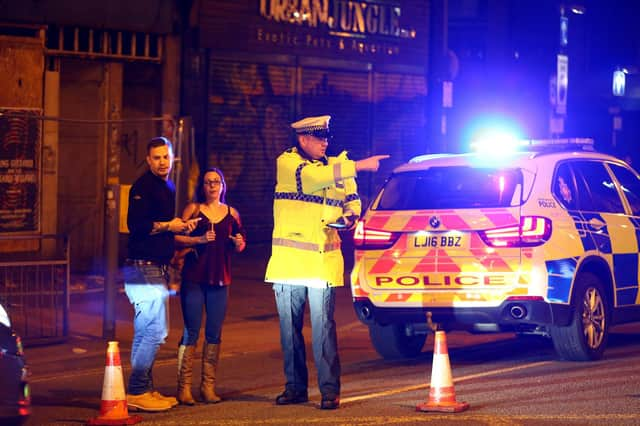Manchester arena terrorist attack report shows why emergency service staff must be well trained – Tom Wood


The evidence of poorly trained security guards lacking the confidence to confront the suspected bomber. The lack of coordination between emergency services. The inexplicable decision by firefighters to stand off until their safety was assured.
It has a familiar ring to it. The scandal of young vulnerable girls being systematically abused by gangs of men in northern English towns had similar threads running through it. Police and social work stepping back for fear of being smeared as racist while back-up systems were either absent or inadequate to sound the alarm.
Advertisement
Hide AdAdvertisement
Hide AdIt’s an old maxim that all you need to succeed is good trained people and good systems of governance. In both the Manchester bombing and the gang grooming cases, there was neither.
I wonder how this could have come about. For decades, the emergency services, including social work and other local agencies, have exercised their contingency plans for all manner of major incidents. From table-top exercises to complex live dress rehearsals, all scenarios were catered for. Fire, flood, terrorism, rail crashes, you name it, we exercised for it, all with the intention of training ourselves and getting to know the people we would be working with.
The theory was simple, get used to working with other agencies in the good times and it’s easier in an emergency. These exercises were also a chance to test systems designed to impose checks and balances. Individuals may behave unpredictably in a panic, overarching systems are there to compensate for human fallibility – a fail safe.
So what went wrong? Have these vital joint exercises been cut back due to financial pressures? Or have they become table-top paper chases, lacking the real-world experience of different disciplines actually working together?
As always, the conclusions of these public inquiries make much of ‘lessons learned’, but it’s not rocket science. We must continue to invest in training and make sure our ‘fail safe’ systems are thoroughly tested.
But perhaps there are some structural improvements that can be made. It has often surprised me how few emergency services share control rooms in the UK. Apart from the obvious cost savings, it would improve joint working at a stroke. In many parts of the world there are shared control rooms. Why not here?
On a positive note, there are lots of well-trained people and good systems out there and just the other day I witnessed an example. I was travelling on an Edinburgh Tram when three young children, aged about eight, six, and three got onboard, obviously unaccompanied.
As I watched them, a tram inspector got on at the next stop and, kneeling down beside them, explained that they had been seen on the CCTV system and that he was there to make sure they got to their destination safely. His manner was easy and he was clearly familiar with speaking to children. When they reached their stop, I saw him escort the kids to safety, chatting all the time. A small example of a timely and appropriate safeguarding intervention well done. It was reassuring to see.
Tom Wood is a writer and former police officer